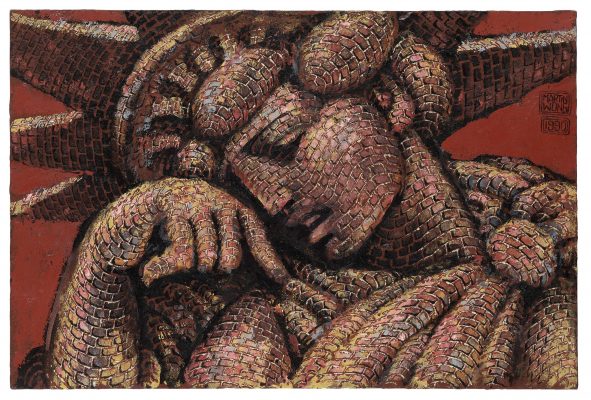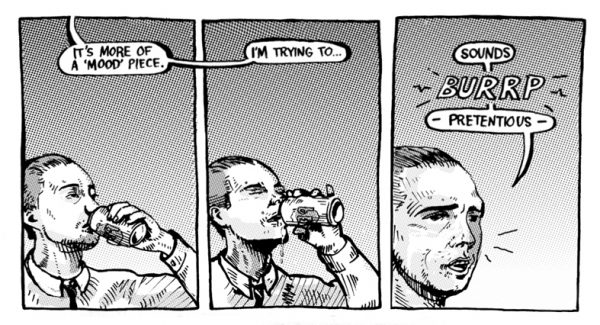The Luxor Obelisks stood in Ancient Egypt for thousands of years. A symmetrical pair, they were designed to mirror each other, twin columns of stone. They were erected outside the Luxor temple along the Nile River, in what was once known as Thebes. Time, and the elements, made their mark upon their hieroglyph-inscribed surfaces, but there, beside the Nile, they remained in place, enduring across epochs. Until the French arrived. Napoleon, ever conflicted about his small stature, decided he wanted a grand souvenir from Egypt, the largest he could get his hands on. He requested the Luxor obelisks. He just had to have them. In 1830, then ruler of Ottoman Egypt, Muhammad Ali Pasha – by choice or by force who is to say – ‘gifted’ the obelisks to France. In exchange, the Egyptians were given a mechanical clock that has been faulty since the day it arrived, its hands not ticking as they should. Jean-Baptiste Apollinaire Lebas, a French engineer, devised an elaborate barge in which to take the ‘gifted’ obelisks to Paris, one at a time. After the first arrived, and was installed theatrically at the centre of Place de la Concorde, it proved to be too expensive to move the second. In One-Way Street (1979), Walter Benjamin writes of the Luxor Obelisk, stuck in Paris:
What was carved in it four thousand years ago stands at the center in the greatest of city squares. Had that been foretold to the Pharaoh, what a feeling of triumph it would given him! The foremost Western cultural empire would one day bear at its center the memorial of his rule. How does this apotheosis appear in reality? Not one among the tens of thousands who pass by pauses; not one among the tens of thousands who pause can read the inscription. In such a way does all fame redeem its pledges, and no oracle can match its guile. For the immortal stands like this obelisk, regulating the spiritual traffic that surges thunderously about him – and the inscription he bears helps no one.
The obelisk’s hieroglyphics do not mean anything to the French public. It is a structure ripped from its historical and geographic context, an indecipherable relic.
While living in Manhattan’s Lower East Side, or, as the Puerto Ricans who live there call it, Loisaida, I encountered a Luxor Obelisk-like structure: an abandoned tenement. I passed by this condemned building frequently between 2011 to 2013, having found myself intermittently living with a Puerto Rican friend in one of the public housing buildings nearby. The dilapidated tenement stood out against the recently constructed luxury buildings with upper-class and predominantly white families lining the block. Across the street from it was one of the last strongholds of public housing in the Lower East Side, the Lillian Wald Houses, which were built in 1949. Comprised of brown, Lego-like edifices, they were raised as part of the boom of low-income and middle-class housing in New York City after World War II. The public housing clusters of Loisaida are some of the last zones where Puerto Ricans and other people of colour find refuge in the neighbourhood after the intense gentrification measures of the last decades.
The condemned tenement’s enduring presence was an oversight. New York City contractors, landlords and investors would soon develop on it. Vacant or underutilised space in Manhattan (public space, too) was always at risk of being monopolised. People passed the run-down tenement, but none paused over it. It was a relic of a time gone by, this obelisk of an epoch unremembered, its time running out.
Each time I passed by the tenement, I found myself trying to imagine who might have lived there. I would like to think that the inhabitants of this building were those celebrated in Bimbo Rivas’s poem, ‘Loisaida’. Bimbo, who was a resident of the neighbourhood, writes of, ‘drug-infested/ pocket parks, playgrounds/ where our young bloods /hang around /waiting, hoping that /one day when they too /get well /and smile again.’ Written in 1974, Rivas sees Loisaida – the people who live and fight there to make it home – as a means of salvation from drugs and crime. The poem continues: ‘your love is all /they need to come around.’ Gang life can be healed by the community that is Loisaida, Rivas suggests. But he did not foresee how New York City would lock away a generation of Black and non-Black Latinx men, and women too, and how addiction and AIDS would kill off so many. Then again, who could foresee such events, how could anyone write a poem expecting to surpass the moment of its creation?
*
Maybe this run-down tenement is familiar to Miguel Piñero, another Puerto Rican poet living in the Lower East Side, writing in the 1970s and 1980s. In ‘A Lower East Side Poem’ (1974) he traces a love for the Lower East Side because of its abjection, where ‘the hustlers & suckers meet /the faggots & freaks’ and all the other wayward bodies living and running through its blocks. The poem goes on:
I don’t wanna be buried in Puerto Rico
I don’t wanna rest in long island cemetery
I wanna be near the stabbing shooting
gambling fighting & unnatural dying
& new birth crying
so please when I die…
don’t take me far away
keep me nearby
take my ashes and scatter them throughout
the Lower East Side…
Piñero passed away in 1988 from cirrhosis, and his ashes were scattered across the Lower East Side, just as he wanted. But I wonder how he would feel today about his beloved Lower East Side. The poem, today, nearly 30 years later, reads like a eulogy for both a man and a place. I taught ‘A Lower East Side Poem’ in a Latinx literature course to New York City students of colour born on or around the year 2000, and many of them couldn’t imagine the neighbourhood in the way Piñero describes it. They know it as hipsters and art galleries, apartments they cannot afford. One of my students, who lived in the neighbourhood’s public housing, noted how the poem felt outdated to him: it wasn’t his Lower East Side. Where his belonging was one of being an outsider, quite literally on the edges of Manhattan Island, in a public housing cluster that forms a barrio.
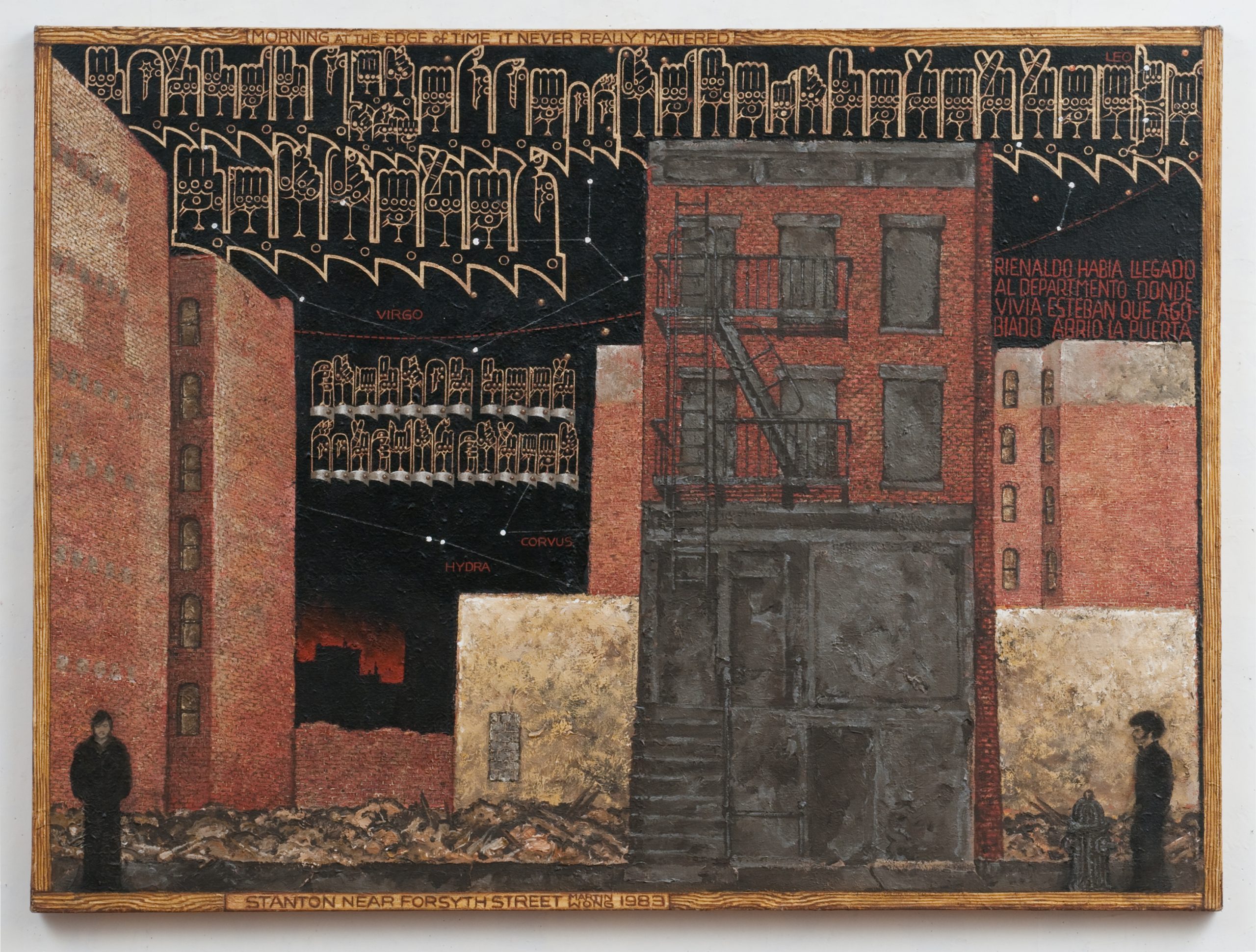
Piñero’s partner was a painter, the Chinese-American artist Martin Wong, and they lived together in the Lower East Side. Wong painted homoerotic scenes of the Black and Brown men he encountered in Loisaida. In the first museum retrospective of Wong’s work, at The Bronx Museum of Art in 2016, I was taken aback by how prominent bricks and tenements are in his work. Untitled (Statue of Liberty) (1990) is an acrylic on linen showing the Statue of Liberty as comprised of reddish-brown bricks, a backdrop of tenements flanking her. Stanton Near Forsyth (1984) is a moody and dark acrylic painting of a tenement standing between burned-out rubble of former tenements. A man with an Afro and dressed in a leather jacket stands in profile on the far right of the painting, while another man on the far-left – perhaps Wong himself – faces him, staring determinedly across the painting’s frame. Mi Vida Loca (1991) is a painting of bricks composed into the shape of a penis, all housed within a golden frame. Mi Vida Loca is phallic and over-the-top, high camp and exquisitely absurd. Wong’s work ties together brick, queer erotics, tenement living, city disinvestment, exploitative landlord arson to cash in on insurance money, and the Black, Brown and Asian lives of Loisaida. Wong’s paintings, and the poems of Piñero and Rivas, represent a time that the current landscape of the Lower East Side actively conceals. The condemned tenement I pass by seems to be one of the only remnants left. It gives shape to the stories of yesterday, with its blasted windows and barred doors, this obelisk invisibly inscribed with their memories, keeping their Loisaida alive.
*
Like Loisaida’s poets and artists of the 1970s and 1980s, it similarly became for me the site of an erotic awakening, and of artistic possibility. It was my first summer not spent in my parents’ house, and my first time not living in university housing while staying in New York City. The older, queer Puerto Rican friend I was staying with taught me about queer life and dating, telling the sometimes wild, the sometimes sobering, experiences with men he had through decades. Every other night I was in queer bars like the Boiler Room, The Cock and Easternbloc, because they were all within walking distance of my East Houston home. Every other night I was on a date with a guy in a neighbourhood restaurant or hooking up with one in a neighbouring public housing unit. Older Puerto Ricans and Dominicans sat outside on Avenue D or East Houston in lawn chairs, blasting island songs from decades ago on transistor radios, and playing dominos on milk cartons. The women grew lush and vibrant gardens in the little bit of green space public housing provided them with, and watching them in the mornings tending to all that life was a privilege to behold.
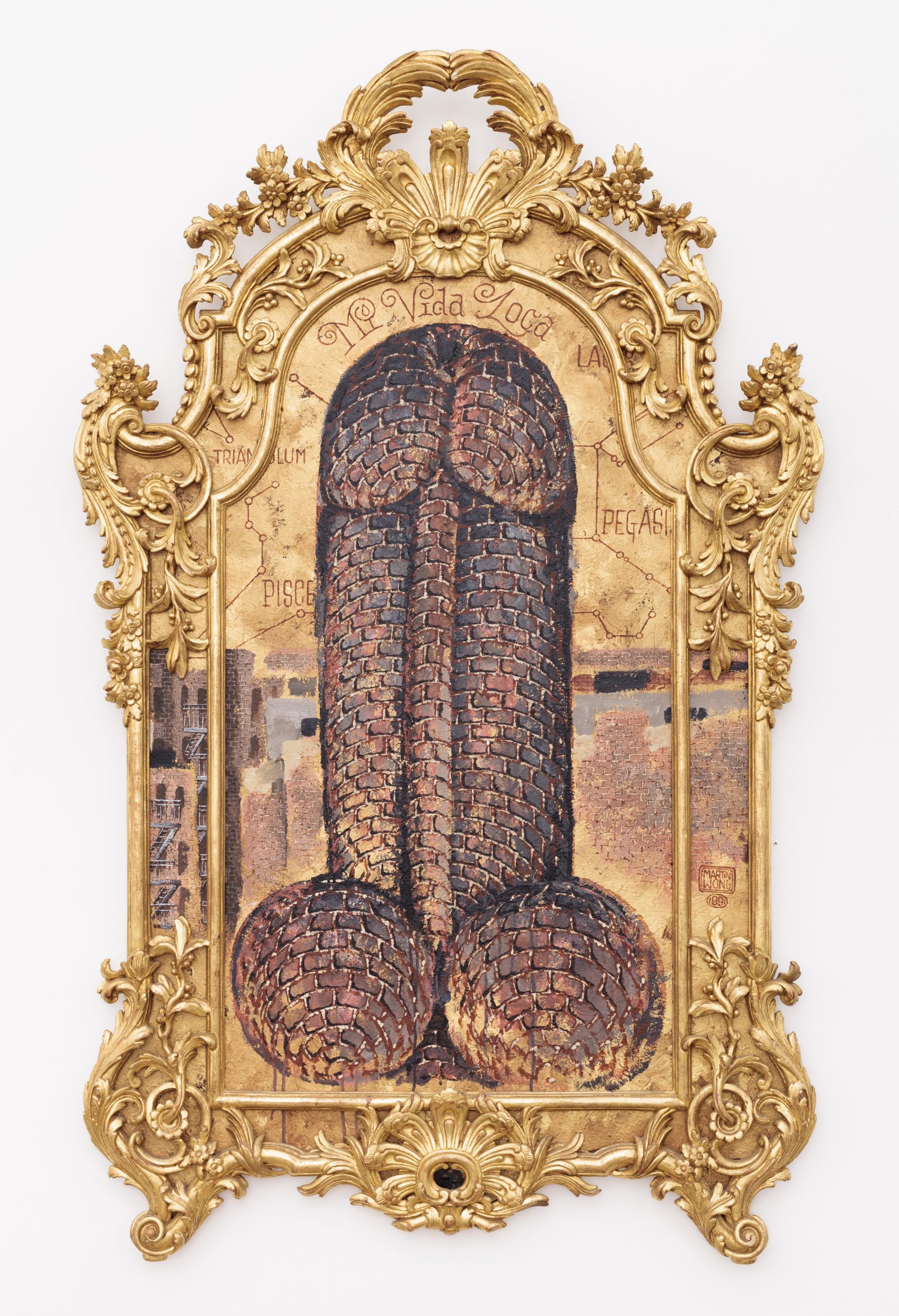
These Puerto Rican people who were – and were not – my people told me stories of their lives. The picaresque tales told by a former Latin King who outran and outwitted the cops, his zigzagging through Loisaida streets and alleys, his intimate knowledge of buildings and corners that guided him in his gloriously narrated escapes. The hefty and boisterous Puerto Rican woman who married an abusive man and left him for a woman, taking the rent-controlled apartment for herself and creating a tenement refuge for other queer women who lived in Loisaida. The older woman who lived in my building, speaking her mile-a-minute Spanish, would constantly note how fabulously underdressed I always was, just like her son, her son that paraded down these Loisaida streets in all his fabulosity, her son who lived with and died from AIDS, like my Puerto Rican grandmother’s son.
These Loisaida tales were thrilling and affirming. Growing up in a majority-white small town in New Jersey farmland made me believe the world had to look and feel a certain way. Though my own neighbourhood of Puerto Rican, Mexican and Central American people was vibrant, the rest of the town felt unalive. People did not hang on the streets: hanging on the streets was shunned. Walking the streets suggested delinquency and criminality, suggested being proximate to the Mexicans and Central Americans who walked to their destinations because they couldn’t afford cars. People knew each other but kept their distance, held secrets, harboured shame and jealousy about their neighbours and friends. People who lived behind their white picket fences and well-mowed lawns judged, and committed violence against, those who did not look or live like them.
This was the white suburbia outside the perimeters of my little neighbourhood of Latinx people.
This was the white suburbia that defined my understanding of what it meant to occupy space, to be a community, to move in the world.
This was the white suburbia that told me what was beautiful or ugly, desirable or undesirable, what should exist or what should not.
My time in Loisaida cultivated a particular kind of sensibility which was not the one I was raised on. The high concentration of people in such a small perimeter taught me ways of being in the world with others that were about caring and responsiveness, about being attuned to the ebbs and flows of neighbours and strangers alike. It was about the ways a story is told – the emphases of the voice, the twists and turns of a plot, the preciseness of words – and not just about the content itself. It was about the listener and audience, keeping them with you in story, in emotion, in longing, towards laughter, crying, thinking. My time in Loisaida was about learning to live in a space where the odds were stacked against you. It was about the imaginative reanimating of a past that was, but will never again be, lived through the streets and tenements.
Loisaida’s storytellers, dreamers, philosophers of brick and mortar taught me to imagine the past. To imagine the past not as something to feel justified in transcending, nor to fit some narrative of progress that makes those in power feel good about how far we’ve come. Rather, they taught me how past times and neighbourhoods made certain kinds of care and community possible, certain ways of thinking and storytelling manifest. This is a past to which this present – a present beholden to an idealised future rid of these storytellers, dreamers and philosophers – wants to forever foreclose, or, in the most advantageous scenario, carefully monetise for a new demographic of people. These new residents live off the high of being haunted by the ghosts of the down and out, the rebels and the renegades of some apolitical and whitewashed avant-garde.
*
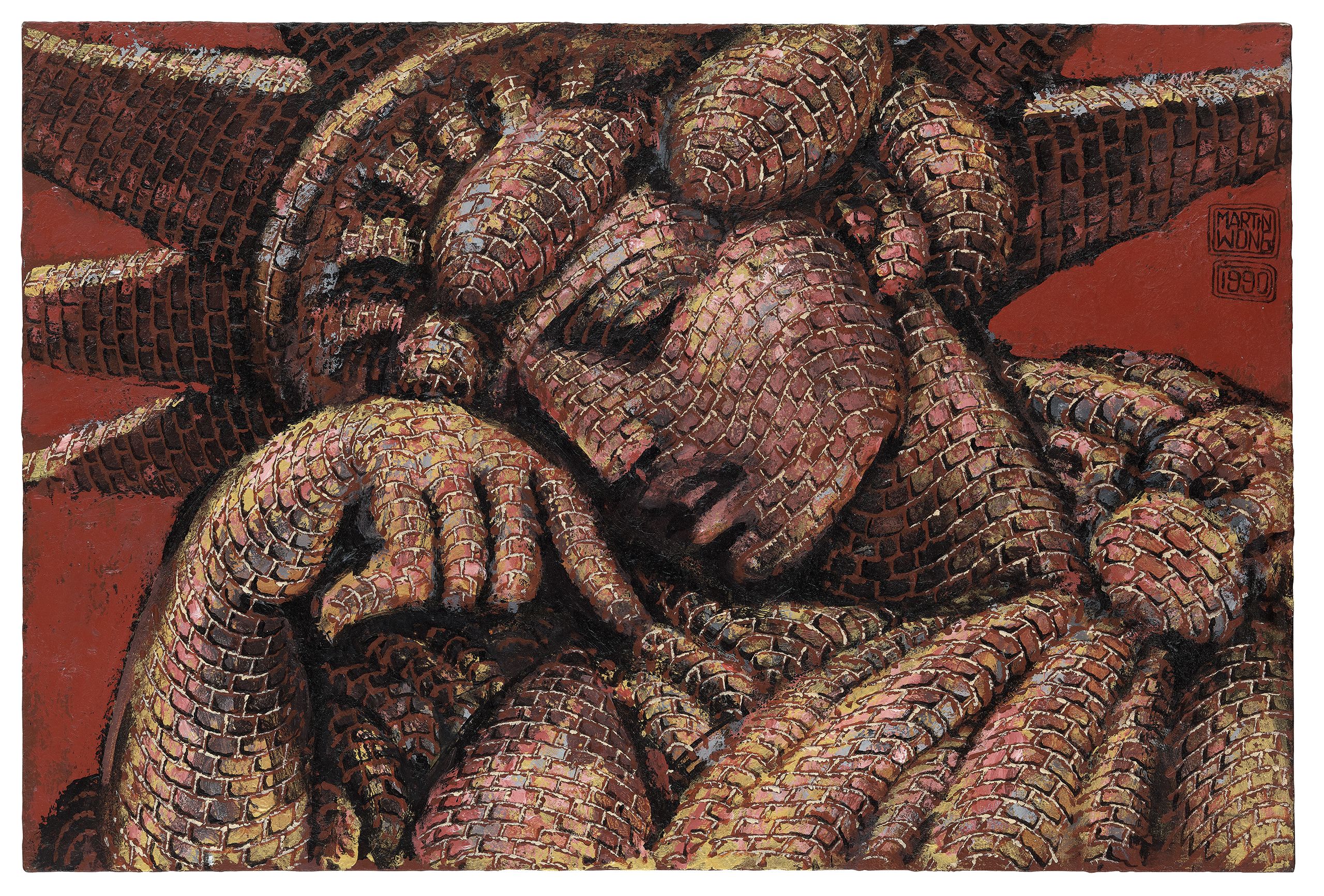
I was seated on a bench eating ice cream next to an elderly Puerto Rican woman on a hot Friday night during one of my summers in Loisaida. She mumbled something to herself. I can’t remember precisely what she said, but I know she commented on the antics of the young white people running about. They were rowdy and noisy, moving from bar to bar. I laughed at what she mumbled because it sounded like something my Puerto Rican grandmother would say. Maybe I saw a resemblance between this woman and my grandmother because I was in mourning: that summer had marked the end of her life, the end, also, of a part of my life.
When I laughed, the stranger looked at me in surprise. She was surprised I understood Spanish, surprised I understood the particular ways in which she manipulated Spanish to joke with. We began talking about the nice weather that evening, the activities of the night neither of us was participating in, her grandchild who she took care of on the weekends. She pointed to her apartment across the street from the benches. It was on the corner of the building and on its window was a Puerto Rican flag, surrounded by an array of plants. Off-white curtains with little embroidered roses hid from view the insides of her home.
She told me, plainly and simply, how she was the last Puerto Rican left in the building. The last of her kind, much like the condemned tenement only a few blocks away. The whole building, at one time, she said, was full of us. Every other month developers offered her thousands upon thousands of dollars to leave the apartment because it was prime real estate. I wanted to read anger or frustration in her voice when she told me this, but there was none. I didn’t ask if being the last Puerto Rican bothered her because I knew what it meant for someone to pry into something so tender, so delicately placed in the mind, so that it can no longer hurt you. She might have already come to terms with this fact years ago. She might have been the last one for decades. She might have already lived a lifetime as the last one.
My grandmother spent her final days much like this woman. Living in a neighbourhood in small-town New Jersey, which all of her family and Puerto Rican neighbours had left. Watching TV by herself, calling people states away, islands away, to feel connected, to feel alive. From her house she proceeded to a nursing home that her Medicaid would cover for the rest of her days, where no one spoke to her in the language which she dreamed in, the language which she loved me in.
To call what the woman on the bench was going through ‘gentrification’ feels inaccurate. By the time we were sitting together then, in the mid-2010s, the Lower East Side was already gentrified. The few remaining elderly Puerto Rican people who still possess rent-controlled apartments in privately-owned buildings will eventually, after their passing, or their inability to continue paying rent, lose them. The population of this neighbourhood, for the foreseeable future, will remain primarily young and transient, primarily white and wealthy, primarily one that will tolerate difference as long as it is not disruptive, or anathema to the upscale, upper-class and family-oriented sensibilities of the neighbourhood.
Samuel R. Delany’s book of essays Times Square Red, Times Square Blue (1999) documents the shift in community and sociality in Times Square, a similarly long-gentrified neighbourhood. He addresses how queer and working-class subcultures were displaced by the Times Square Development Project, which helped to remove the porn theatres that were previously situated there. The redevelopment was an effort to ‘clean up’ the neighbourhood, further stigmatising sex workers, poor people and queers, and ultimately displacing these populations to welcome corporate and tourist revenue. In 1994, Janet L. Abu-Lughod, a sociologist, published the anthology From Urban Village to East Village: The Battle for New York’s Lower East Side, offering a historical analysis of the changes happening to neighbourhoods like the Lower East Side and Times Square. Like many accounts from the 1990s and 2000s about such neighbourhoods, these writers and academics document the displacement of communities and culture. Reading them in 2019 is a sombre undertaking. The spaces and socialities they capture on the page seem so far away, almost unimaginable. In 2012 Sarah Schulman published The Gentrification of the Mind: Witness to a Lost Imagination, tracing her own experience of living in the Lower East Side when AIDS was killing so many in the neighbourhood. Her account gives a much-needed perspective on the loss of human life and the role such loss played in the transformation of a neighbourhood. She lists the homonormative measures undertaken by the city to suppress HIV transmission in particular, and deviancy in general, and how these made room for real estate and corporate interests to move into the neighbourhood. She demonstrates how these losses and protocols have impacted the collective imagination, our capacity to understand capaciously, and compassionately, how we relate to the spaces we live in and the people we cohabit with. Schulman’s polemic here echoes Rivas and the other Puerto Rican poets in their assertion that even in the midst of poverty and suffering there is community and collaboration. Her book helps us think of the gentrified neighbourhood as something more than an unredeemable loss. How does the imagination continue to struggle for the rights, well-being and lives of the marginalised, in places like Loisaida, New York City and beyond? How do we keep thinking of, and fighting for, the displaced?
Now, when I visit the Lower East Side, I purposefully pass by the bench in hopes of seeing the woman who is so much like my grandmother. I never do. I look towards the window of her apartment but no longer see the plants, or the flag hanging out the window. I still, however, see the off-white curtains with the roses. I pass by the bench in Loisaida and see those curtains, the ones women like my grandmother hung up: kitschy and zealously resistant to the passing of time, gloriously representative of a period of Puerto Rican women and their tastes, symbolic of how the past can carry forward with us to help shape a different world than what this one has become.
*
I look through photographs to identify the condemned tenement. I want to try and find it before this present moment, before its current ruination. There are many tenements of its kind, both abandoned and occupied, in the black and white photographs of Geoffrey Biddle’s 1992 book, Alphabet City. Among the images of run-down tenements, there are diapered babies crawling through crumbling hallways, people shooting up in public housing stairwells and boxers brawling in the grass of one of the biggest and busiest parts of the neighbourhood, Tompkins Square Park. Over 17 years from the 1970s to the late 1980s, Biddle photographs and also interviews the Puerto Ricans he encounters, out in the streets and in their homes. In his foreword, Biddles calls it a ‘a Puerto Rican neighbourhood in New York City’, describing it as ‘a tough area, poor, and full of drug dealers and users.’ He ends by saying, ‘it is being slowly gentrified.’
Miguel Algarín, poet and co-founder of the Nuyorican Poets Café on the Lower East Side, outlines an interesting quandary in his introduction:
…the question of whether or not Biddle merely documents as opposed to penetrating a higher dimension must be posed: has Biddle looked through his lens with bloodshot eyes seeking to provoke and sensationalize the subclass panorama of Loisaida? Or do his photographs lead us to a world where the tales of the streets that Biddle visualizes go beyond the proclamations of hurt, anger, and hatred that whirl at you from every shot? Has Biddle merely amplified the high-pitch bomba agony of the liquid, shifting Latino reality around him?
Algarín asks: is the photographer merely documenting the lives of a neighbourhood to sensationalise them, or is he trying to transcend documentarian impulses toward a higher understanding? Algarín’s critical stance towards the documentary method is informed by the precedent set by many white artists and photographers, who sensationalised the other. Biddle makes clear who his intended audience is with this book: ‘This book is called Alphabet City because it isn’t for the people in the pictures… [it’s] really for the people who can’t pronounce Loisaida… Alphabet City is for the people who want to know about the inner city, and even more it is for the people who don’t want to know.’
During the time I was living in Loisaida, an older Puerto Rican man gifted me Biddle’s book. I had told him how I was interested in knowing more about Loisaida, and the Puerto Rican history of the place. As a 19-year-old, I found the book charming; I was in awe of the photos, in awe of the world they depicted, a world I could not fathom nor find.
Re-reading the book again almost 30 years after its publication, I wonder what to do with it. The slowly gentrifying barrio that Biddle identified no longer exists. He writes about a context that is no longer this one. Now, in this enduring now of today, these are photos of lives that are no more. Photos of an unrecognisable place, something of near-fantasy.
There is one photo, in all its documentary ordinariness, that reaches out into the present. It is the second image in the book and shows a woman named Sylvia Guadalupe holding her baby and seated on the hood of a car next to the baby’s unnamed father in 1988. All three smile straight ahead at the photographer, in a shot that has been clearly directed by the photographer. Smile, the image seems to say, and show those who do not know how you live, and do not care if you even live, how you persevere, how you smile through it all. Behind them is a tenement wall with an advertisement for Combat cockroach poison, ‘¿CUCARACHAS? ¡EL REMEDIO ES COMBAT!’ It is an almost banal detail of city life, but a full narrative materialises from it. I imagine Sylvia Guadalupe passing by the ad with her stroller. There is Sylvia Guadalupe in her Lower East Side apartment crushing cockroaches with her chancletas, not thinking twice of the ad she walks by, which might make her life a bit easier. I imagine beyond this photo and she’s with a friend at a local bodega laughing over a café con leche. Her and this friend discourse on how annoying the cockroaches are and how back in Puerto Rico they had none, how things back in Puerto Rico were simpler and nicer, how she would have rather stayed in Puerto Rico but she saw no job prospects there in that colony of the United States, no means for her child to get on in a place held in the vice grip of enduring empire. With this 1988 ad, and its gesture of everyday living, and the ordinary irritations and laughter that come with life, I cross paths with Sylvia Guadalupe on the sidewalk. There we are before the condemned tenement, where her moment in time meets mine, just for an instance, for the briefest second.
*
Obelisk-like, there, a vertical behemoth at the end of the block, is the tenement. Or, where I thought it was. Returning five or so years later in 2019, and I cannot seem to find it. There is no tenement with boarded-up doors and broken windows. Did I imagine it all? There’s a frigid newness to the area, a sharper quietness in the air. There’s a recently constructed building on the corner of the block, on the ground floor are boutique shops and chain pharmacies like Duane Reade. The people who enter and exit are of similar complexion, similar dress, similar everything. I look for a familiar face, where I once lived, and don’t see a single one.
The room I stayed in while living in Loisaida is on the easternmost tip of Manhattan Island. The unending traffic on Houston Street, where I lived, blared at all hours of the day. After a week or so, the sound, oddly enough, was soothing, calling me to sleep. I could see beyond the neighbourhood perimeters the main roadways, bridges, and surrounding waters of Manhattan Island like the FDR highway, the Williamsburg Bridge, the water of the East River. I spent hours looking out the two windows of my little room. I felt like I knew this place. Like I had lived a lifetime here, even though I had not.
The Lower East Side that belonged to Rivas, Piñero, Wong, Schulman and others, is one of a different time. Its context is not my context. Rivas looking at ‘buildings [that] are/ burning up’, or Piñero’s sightings of ‘stabbing shooting/ gambling fighting & unnatural dying’ feels far from how I know the neighbourhood to be.
The Luxor Obelisk that ended up in Paris was an object taken away from its context. Benjamin explains that an object outside of its context is difficult to read or understand. To be in context, then, implies that there is a space and a time in which something can be read, understood, made sense of. But I have never felt in context. I, born and raised in an all-white town, with a Mexican father and Puerto Rican mother, knew myself as always out of place. Visiting Latin American countries I am frequently asked, ‘where are you from?’ and I always pause, hesitant, knowing my Spanish will reveal that it is not my primary language, that I am not really Mexican or Puerto Rican or American, that I, like the condemned tenement, am not anything decipherable where I stand.
Loisaida is more than a set of condemned buildings slowly disappearing from the city’s skyline. Loisaida is more than just a specific moment in time that is now irrecoverable or lost to us. Loisaida is the continued struggle of the Puerto Rican people to make homes for ourselves. The continued struggle of the poor, and the migrants, and the people of colour, and the queers, to exist in cities across the United States, and elsewhere. My time in Loisaida is one of creative refuge, a time and a space where I could imagine the kind of person I wanted to be. Kissing boys on street corners after a date. Strutting down sidewalks with high-femme swagger. Hopping from bar to bar with friends and lovers. I procure a scavenged memory of this place, the bits and pieces I have taken from literature and art, from oral histories and conversations with people. Loisaida moves through the marrow of my body, extending beyond the years I lived there, living in the work I do and the relationships I keep. I live this other place and time in the way I talk, the way I tell stories, the way I bring words together to enact a sensibility. Loisaida is the condemned tenement now stored in my mind, obelisk-like, there with me wherever I may go, in the ordinary day to day, a vertical behemoth at the end of the block reminding me of a world which does not have to be this one or the one of yesterday or tomorrow, but another one altogether.
